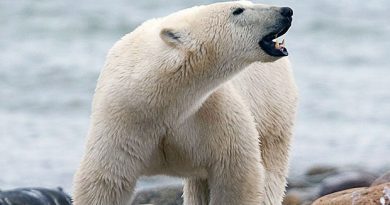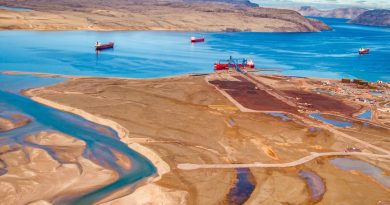What the Canadian territories’ different emergency laws mean for you
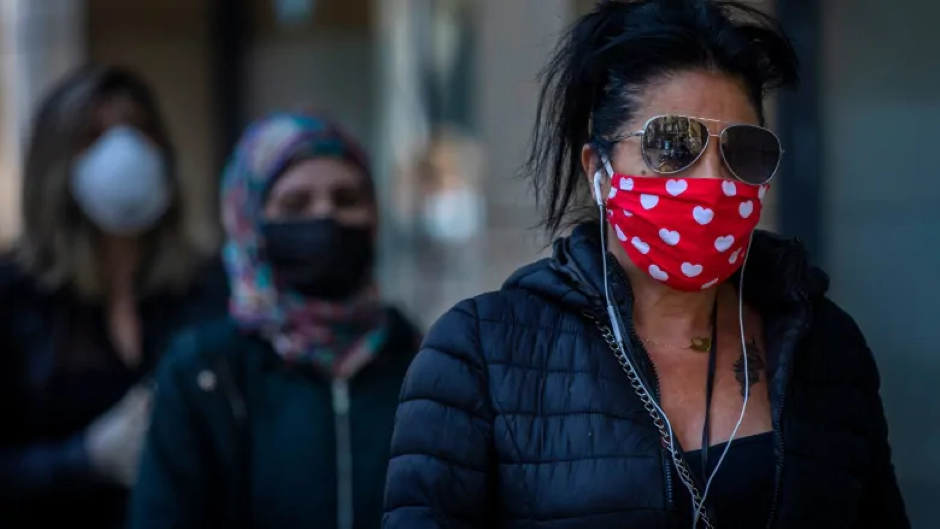
Northerners may be surprised to learn they’ve been living under two, simultaneous emergencies for most of 2020.
No, murder hornets have not made their way North — both are related to COVID-19.
In the Yukon and N.W.T., governments have declared both a public health emergency and a state of emergency. In both places, they have lasted for months, with the N.W.T. lifting one emergency declaration — the state of emergency — just last week.
Why have two emergencies for one crisis? Here’s the difference you never thought you’d want to know.
What is a public health emergency?
Public health emergencies are designed to give chief public health officers (or, in Yukon, the chief medical officer of health) greater powers to respond quickly to, most often, an outbreak of disease.
They are both weaker and less common than states of emergency — in fact, before COVID-19, it appears there has never been one declared in the North.
Anything that poses a “significant” or “imminent” threat to public health can be declared a public health emergency, in a single community or across the whole territory — as long as the chief public health officer thinks it warrants one.
They’re limited to 14 days, but can be extended indefinitely — as they have, many times, in all three territories.
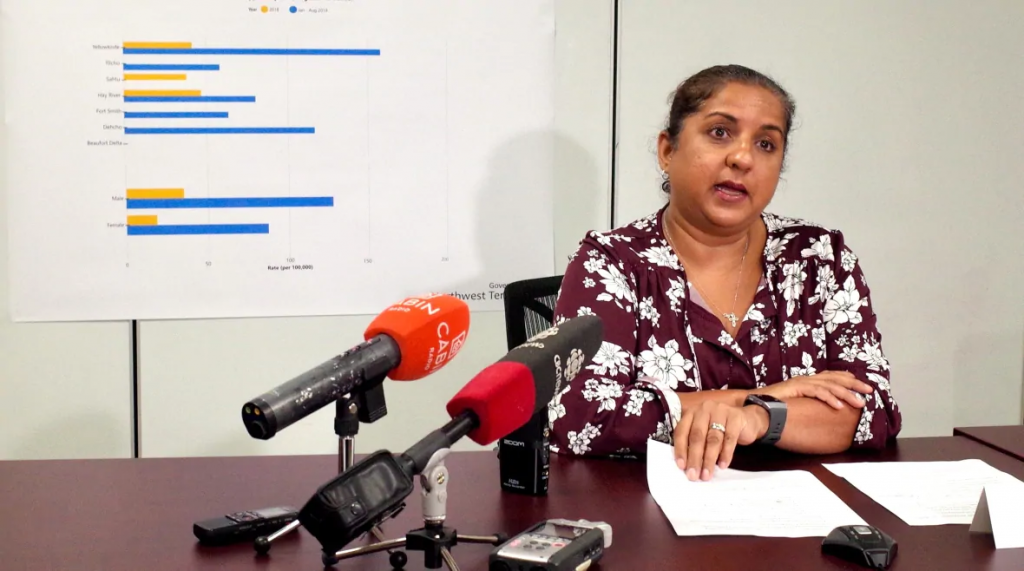
Unlike states of emergency, public health emergencies expand the powers of health officials, not governments.
But as doctors in the N.W.T. learned, it also means what the chief public health officer says, goes — even if there is no medical consensus.
Those powers vary slightly from territory to territory. In both the N.W.T. and Nunavut, it includes general powers to restrict travel — including, controversially, “to and from” the territory — and to acquire or borrow private property, such as a school gym or company warehouse (with “reasonable” compensation). The N.W.T. says this also gives them the power to order residents to self-isolate.
Both the N.W.T. and Nunavut allow health officials to enter and search a home without a warrant during a public health emergency, but only the N.W.T. places no limitations on that power. In Nunavut, the home, or something inside, must be a “serious and immediate risk” to justify a search.
Yukon’s law governing health emergencies is slightly different. Like in Nunavut and the N.W.T., a public health emergency allows the chief medical officer of health to authorize people without a medical licence to provide health services.
It also allows for health officials to purchase, seize, or prohibit the sale of any “medication, supplies, or equipment” necessary, and prevent the movement of people in and out of a designated area.
Health officials are also granted broader powers to compel people to provide personal information, and “detain for observation and surveillance” anyone exposed to a disease.

While there is little precedent for public health emergencies, what these laws are mostly about is allowing health officials to respond to crises more quickly.
In Nunavut’s law, that’s spelled out explicitly, allowing the chief public health officer to “do orally what must otherwise be done in writing,” or without offering any notice.
The key difference is the actions made possible by public health emergencies “are linked directly to the public health crisis,” Hardcastle said.
That’s not the case with states of emergency, she said, where the actions the government takes “don’t actually have to relate to public health at all.”
What is a state of emergency?
States of emergency are much more common, but also grant much broader powers — and those powers are given to governments, not health officials.
States of emergency are declared by territorial ministers, and designed to allow for the temporary suspension of rights so that governments can move quickly in a crisis.
Yukon’s law calls them “peacetime disasters” — “fire, explosion, flood, earthquake, landslide, weather,” and, yes, “epidemics.”
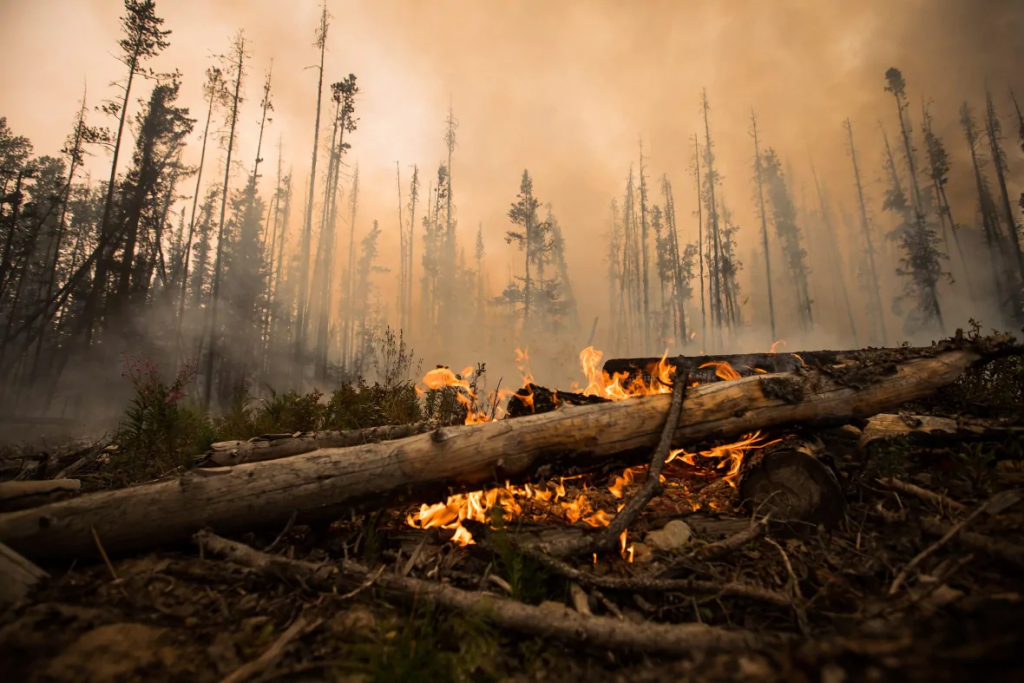
Like public health emergencies, they’re limited to 14 days at a time, but can be extended indefinitely. They have rarely before been used for such a long period of time.
Only Yukon, which declared their state of emergency nearly four months ago, still has a state of emergency in effect. The N.W.T., which was first to declare a state of emergency in the North, lifted theirs on July 7.
In all three territories, states of emergency allow governments to initiate emergency plans and establish chains of command that allow for faster decision-making.
States of emergency also grant governments the power to detain citizens or restrain their movement, acquire or even demolish their property (compensation may be required, but it need not be “reasonable”), and fix prices on essential goods.
Legislation in Nunavut and the N.W.T. also allows for warrantless searches and the conscription of citizens to help with emergency response.
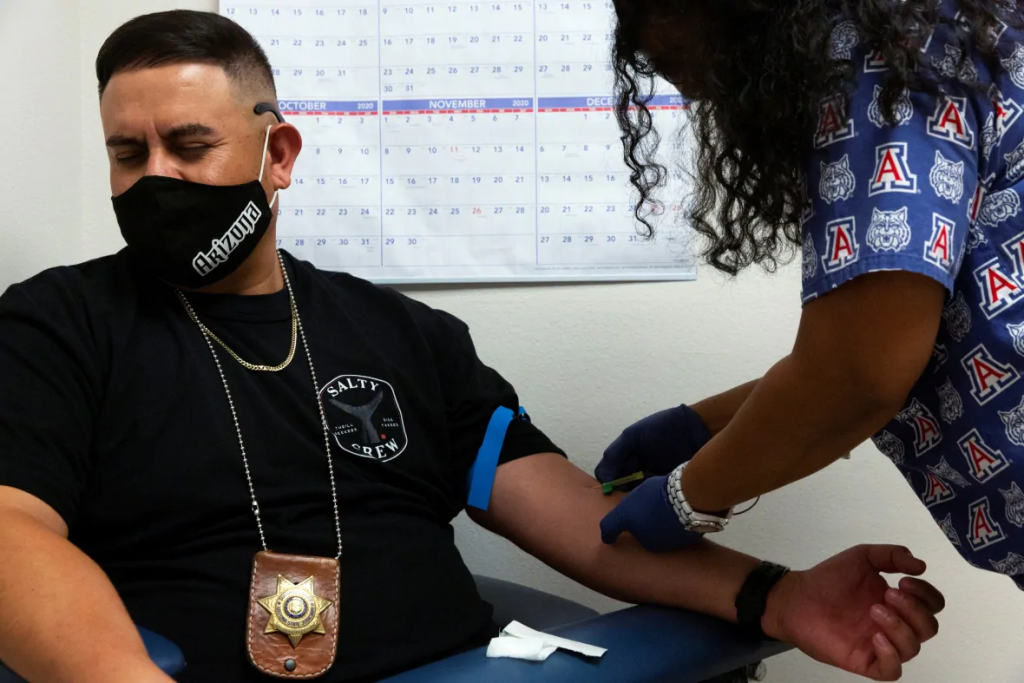
Nunavut’s law prevents anyone from contesting the decision to declare a state of emergency in court, and empowers the government to charge citizens for search and rescue operations resulting from “imprudent, unreasonable or negligent” behaviour.
But Yukon’s law is still broader. The Civil Emergency Measures Act empowers the minister to “do all things considered advisable for the purpose of dealing with the emergency,” and makes governments and their representatives immune from liability for “damage caused by the interference with the rights of others.”
Those found violating emergency orders in Yukon can be fined $500, spend six months in jail, or both.
That’s actually small fry — Nunavut’s law allows for fines of up to $50,000, and as long as a year in prison.
One or the other
When lifting their months-long state of emergency, the government of the N.W.T. said they never actually used the powers it provided.
With the two emergency laws sharing many of the same powers, that doesn’t necessarily come as a surprise. Hardcastle said in the scramble to respond, governments have not been overly selective about which law they use.
“It’s really just a matter of, well, this is one way we can do it, and we need to do it, so let’s do it!” she said.
Hardcastle suggested that in the interest of accountability, governments should create independent inquiries into their own use of emergency legislation, to see how future responses could be improved.
“What one hopes will happen … is that provinces [and territories] will look at how they exercised these powers, [and] whether they could have exercised them in a way that is more restrained and still protected public health,” she said.
“After the fact, you have to revisit this…. To me, that’s one really important form of accountability.”
Related stories from around the North:
Canada: Canadian Northwest Territories ends state of emergency for 1st time during COVID-19 pandemic, CBC News
Finland: Russian tourists eager to book holidays in Finland despite border closure, Yle News
Greenland: Greenland extends COVID-19 entry requirements until July 20, Eye on the Arctic
Iceland: Iceland exempts Nordic countries, except for Sweden, from COVID-19 screening requirements, Eye on the Arctic
Norway: Norwegian Arctic wilderness tourism hit particularly hard by coronavirus, The Independent Barents Observer
Russia: Russia declares state of emergency in Siberia following major diesel spill, The Independent Barents Observer
Sweden: Sweden’s top epidemiologist admits he got COVID-19 strategy wrong, Radio Sweden
United States: Alaska Highway travellers might be in for rough ride this summer, CBC News

